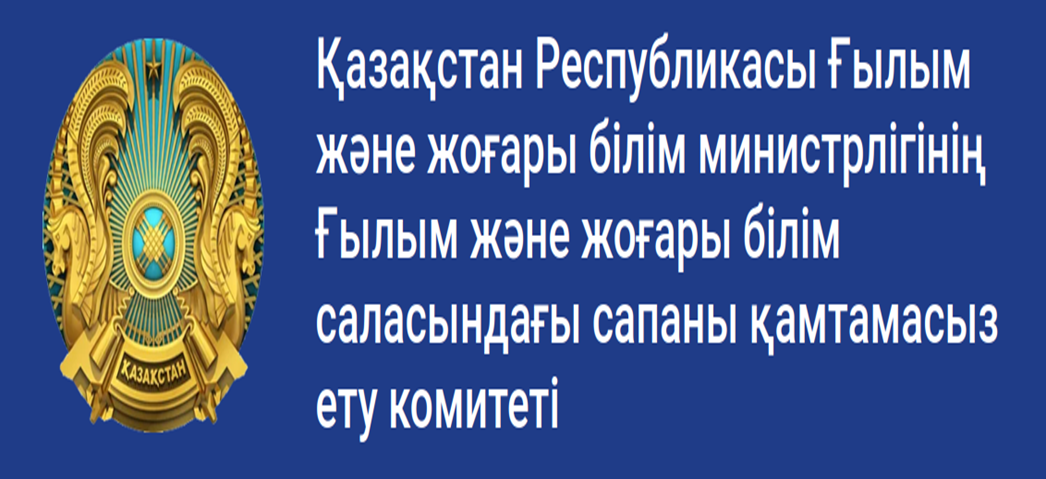New data on the study of the Tasmola archaeological culture of Saryarka
Views: 263 / PDF downloads: 530
DOI:
https://doi.org/10.32523/tsj.02-2019/2-3Keywords:
Tasmola culture; Saryarka; barrow architecture; settlements; kystau; dromos; stones sculpturesAbstract
The article presents historical and cultural reconstructions of the research results of
the last decades of the Tasmola archaeological culture of Central Kazakhstan. Tasmola archaeological
culture in the frame work of the VII-III centuries BC was highlighted by M.K. Kadyrbaev
in 1966. Currently, the Tasmola culture source data base has been replenished with new types of
archaeological sites: “royal” mounds, settlements, stone statues. An analysis of them using new
natural-science methods makes it possible to make adjustments to the culturalal and chronological
periodization of the Saka era of the Saryаrka, and to consider the canons of the barrower chitecture
of then nobility and the compositional structure of the living space of the steppe nomads.
The archaeological classification of artifacts, radiocarbon analyzes date the Tasmola culture on
the 8th-6th centuries BC. At this time, large elite barrows appear, the architectural style of settled
monument sis emerging, which has been preserved until modern times, until the Kazakhs’ wintering
(kystau). Study of the structure of the land part of elite memorials confirms the concept of the
early Saka barrow tradition as architecturally complex and multi functional religious buildings.
The stone sculptures of the Tasmolatribes’ are characterized by a complex of signs that distinguish
the min to a separate group of ancient statuary art of the Scythian-Saka era.

























